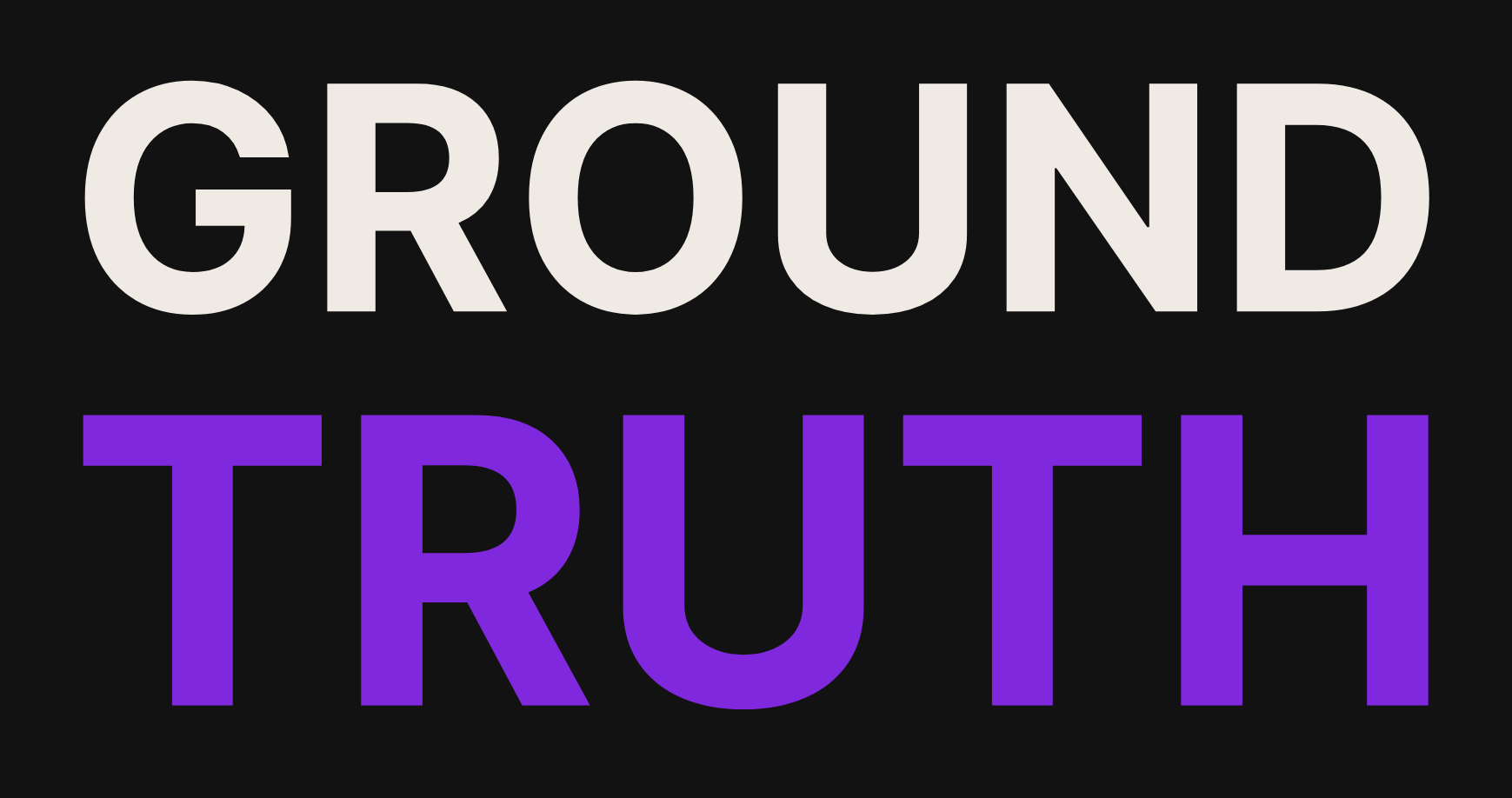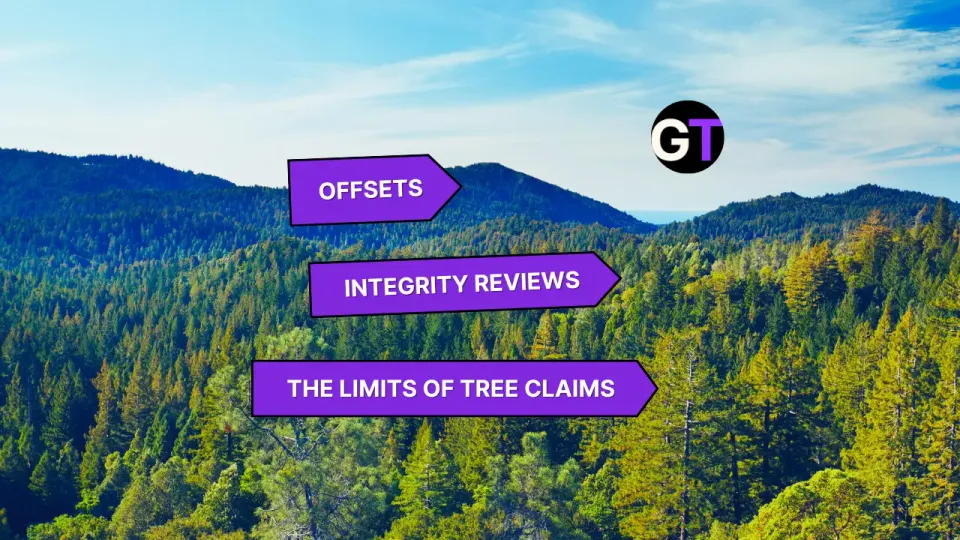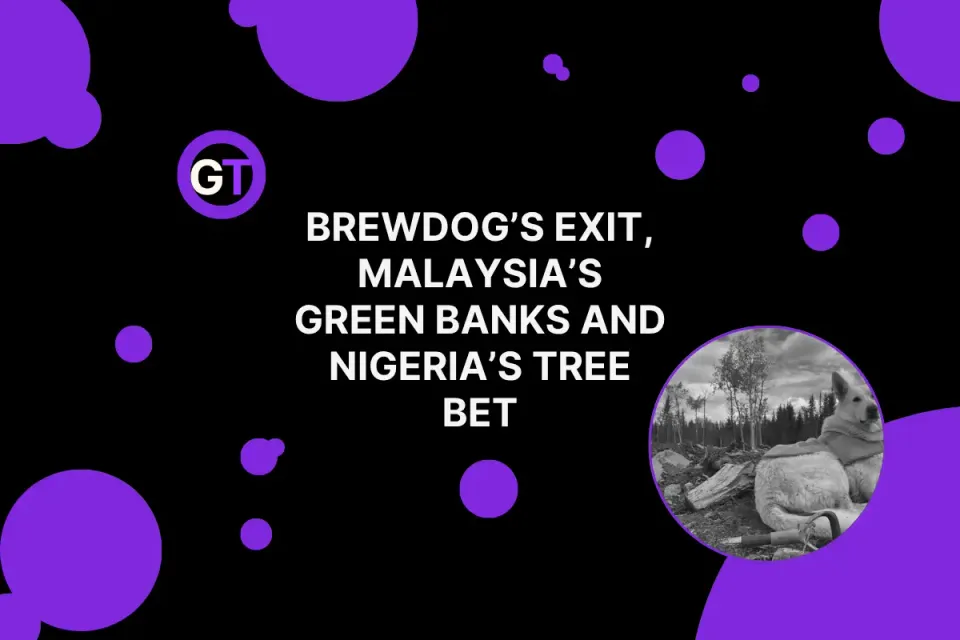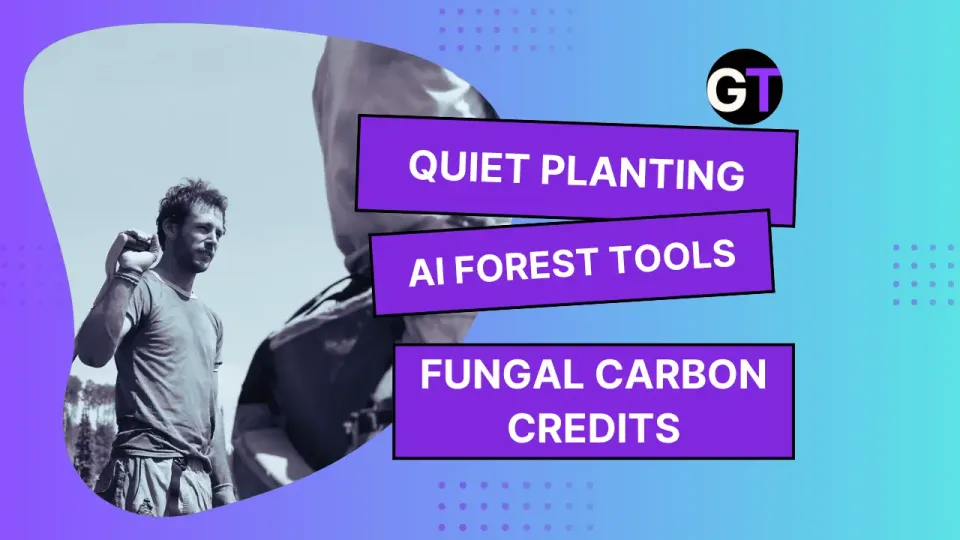Ground Truth Weekly Forest News January 3
Canadian wildfires intensify; nature-based solutions, Miyawaki reforestation, Amazon restoration, and carbon credit tech drive global efforts.
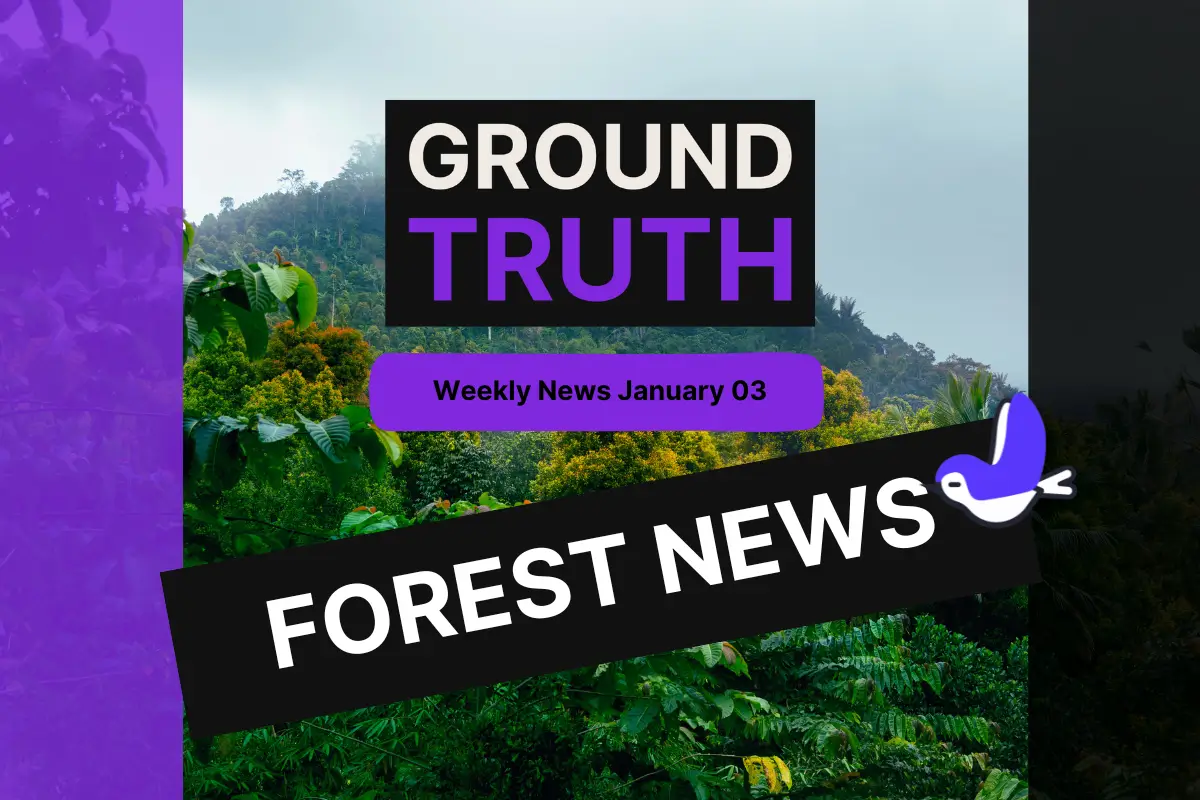
Canadian Forests Face Rising High-Severity Fire Risk
Recent research by Wang et al. (2024) reveals that Canada’s forests have become increasingly vulnerable to high-severity wildfires over the past 40 years, with a marked escalation in the 21st century. Using advanced data models, the study pinpoints fuel aridity as the primary driver of burn severity, exacerbated during summer months and across northern ecozones most impacted by climate change.
Between 1981 and 2020, 6% of the studied areas showed significant increases in days conducive to severe burns, with the trend accelerating from 2001 onward. The extreme 2023 fire season underscored this pattern, showing widespread, intensified burn severity similar to previous years but on a larger scale. These findings highlight the urgent need for adaptive fire management strategies to mitigate growing risks.
How can innovative solutions and community involvement reduce wildfire intensity and promote forest resilience?
👉👉 Read more in Science.
Canada Introduces Stricter Rules to Combat Greenwashing
Canada has unveiled new regulatory measures to tackle greenwashing, aiming to ensure greater transparency and accountability in environmental claims. These rules focus on clear, substantiated disclosures in ESG reporting to prevent misleading claims about sustainability efforts. By aligning with international standards, the framework empowers consumers and investors with accurate information, fostering trust in corporate sustainability practices.
How can businesses adapt to these regulations while maintaining credibility and innovation in their green initiatives?
👉👉 Read more in Lexology.
This Week in Forest Finance: Global Reforestation Updates
From Niagara's 2 Billion Trees push with $2M to restore 600 hectares, to Tunisia’s $100M World Bank-backed landscape restoration surpassing 13,000 hectares, reforestation efforts are thriving. In the U.S., The Climate Trust secured $7M for Indigenous carbon markets and wildfire risk reduction, focusing on tree regeneration and sustainable forestry.
How can greater transparency ensure these funds achieve maximum impact for forests and communities?
👉👉 Read more about this week’s forest finance efforts on Ground Truth!
Nature-Based Solutions: Harnessing Ecosystems for Resilience
The Institute for Defense Analyses (IDA) has evaluated 23 nature-based solutions (NBS) for their ability to reduce hazards such as flooding and erosion while delivering vital ecosystem services. Strategies like wetland restoration, urban green spaces, and sustainable land management showcase how NBS can enhance biodiversity, protect communities, and improve overall well-being.
According to IDA, grey infrastructure, like concrete seawalls and dams, is costly and rigid, NBS such as oyster reefs and wetlands, can be cheaper, self-sustaining, and adaptable to climate change. Research shows NBS could meet 11% of global infrastructure needs at half the cost of grey alternatives, offering greater long-term value but requiring more study on costs and maintenance.
Other key findings include:
- Forests were rated as the most effective nature-based solution, receiving a top score of 32.
- Forest restoration and thinning near Flagstaff, Arizona, resulted in: 15% more carbon storage, 30% more tree growth, and 25% lower tree mortality.
- Wetland and forest conservation could save $7 for every $1 spent on flood damage reduction.
How can local communities and decision-makers collaborate to scale up the adoption of nature-based solutions?
👉👉 Read more from IDA.
Pipal Tree: Harnessing the Miyawaki Method for Nepal’s Reforestation
Lieutenant Colonel Philip Holmes, founder of Pipal Tree, leads a one-man reforestation nonprofit in Nepal utilizing the Miyawaki method—a technique that accelerates forest growth by planting diverse native species in close proximity. Holmes, a former British Army dentist and child-slave liberator, shifted his focus to environmental restoration in 2020, aiming to combat deforestation and climate change. Despite challenges like erratic rainfall and drought, his passion-driven approach demonstrates how individual action can contribute significantly to ecological restoration.
How can individuals and small organizations effectively implement the Miyawaki method to combat deforestation and promote biodiversity?
👉👉 Read our coverage on Ground Truth.
Restoring the Amazon: Reforestation and Sustainable Solutions (Cheaper than Beef?)
A recent article in The New York Times highlights Amazon reforestation initiatives aiming to combat deforestation and restore biodiversity. These projects focus on planting native tree species and adopting agroforestry systems that blend agriculture with forest conservation.
By engaging local communities and promoting sustainable livelihoods, such efforts aim to make the rainforest more economically valuable alive than cut down. However, challenges such as land tenure disputes and maintaining long-term commitment to restoration remain significant hurdles.
How can local communities and governments collaborate to scale up Amazon reforestation and ensure its long-term success?
👉👉 Read more in the New York Times.
Isometric and Pachama Revolutionize Reforestation Carbon Credits
Isometric has partnered with Pachama to enhance the monitoring, reporting, and verification (MRV) of reforestation carbon credits. Using advanced technologies like AI, geospatial data, and LiDAR, the collaboration aims to improve accuracy and transparency in carbon offset projects. This partnership seeks to build confidence in carbon credits by providing verifiable evidence of carbon sequestration, encouraging greater investment in sustainable forestry initiatives.
How can technological advancements in MRV systems further improve the credibility and effectiveness of carbon offset projects?
👉👉 Read more from Ground Truth.
Edited by Chris Harris

This work is licensed under a
Creative Commons Attribution 4.0 International License.
